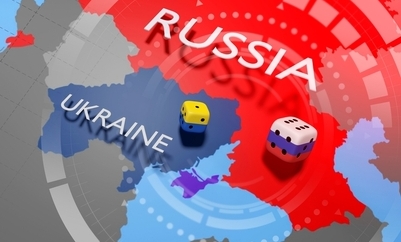 Soon after the one-year observance (Feb. 24) of Russia’s invasion of Ukraine, the Wall Street Journal ran an article by Shyam Sankar, CTO at big data and machine learning company Palantir, on the vital role of Ukrainian software engineers cum front line soldiers in the country’s war effort.
Soon after the one-year observance (Feb. 24) of Russia’s invasion of Ukraine, the Wall Street Journal ran an article by Shyam Sankar, CTO at big data and machine learning company Palantir, on the vital role of Ukrainian software engineers cum front line soldiers in the country’s war effort.
It’s a remarkable story of technology entrepreneurship brought to the battlefield, one that helps explain how Ukraine, a country with less than 25 percent the population of Russia, has successfully pushed the invaders back from their early territorial gains. Sankar’s article compelled Shahin and Doug to reflect on the new type of war Ukraine is waging, one that incorporates rapid technology innovation and will surely influence other, future, fields of fire. A surprising aspect of Ukraine’s use of software for new weaponry development is how quickly it’s reviewed and adopted by the Ukrainian military. In Ukraine, necessity seems to the mother of both invention and efficiency.
As Sankar wrote, “After Ukraine wins, there will be 300,000 war heroes who happen to be computer scientists. They will be as comfortable wielding Javelins as Jupyter notebooks.”
We also discuss the U.S. House Committee on Science, Space and Technology and its recent hearings on the “U.S., China and the Fight for Global Leadership: Building a U.S. National Science and Technology Strategy.”
We look at the UK’s multi-billion-pound effort to build out its supercomputing and quantum infrastructure over the next 20-plus years, and we critique Intel’s revised microchip roadmap, with implications for HPC-AI.
You can find our podcasts at insideHPC’s @HPCpodcast page, on Twitter, at the OrionX.net blog, on iTunes, and on Google. Here’s the OrionX.net podcast page, and the RSS feed.
We welcome your ideas for special topics and guest commentators. Feel free to contact Doug Black or Shahin Khan with your suggestions.




